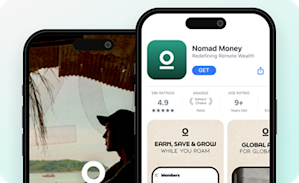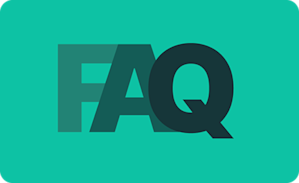Mighty Encyclopedia
Learning Management System
What is a learning management system?
A learning management system (often abbreviated as LMS) is a piece of software used to create online courses. In other words, learning management systems allow teachers, instructors, and creators to build, organize, manage, and deliver coursework via an online course platform.
These platforms usually feature a wide range of capabilities, including live or prerecorded video lessons, livestreaming, a dedicated space for discussion threads, and a place to publish articles, images, and more. In this way, learning management systems make it easy for creators to smoothly deliver highly valuable, super engaging online courses.
Some learning management systems offer even more advanced features and added opportunities for peer-to-peer interaction. Think mastermind groups where students can come together to tackle more advanced lessons, or a dedicated space for direct or group messaging.
Learning management systems that prioritize peer-to-peer interaction are often the most effective. People learn most effectively when they’re on a journey to master something interesting together. In that regard, creating a space where course-takers can share their experiences, learn from each other, and navigate challenges together is crucial.
What’s the difference between a learning management system and a content management system?
Learning management systems are designed with delivering online courses in mind, while content management systems (CMS) are optimized to create, schedule, and deploy more generalized content, like blog posts and longform articles. More specifically, content management systems may not offer the same features—think polls, quizzes, or live study sessions—as learning management systems.
What are some learning management system examples?
Below are a few examples of popular learning management systems.
Teachable is one of the most popular learning management systems available today. Courses on Teachable may feature videos and quizzes alongside coursework, and course creators also have the option to schedule and drip content. Though it lacks robust peer-to-peer functionality, Teachable offers its students a smooth user experience on the front end.
Udemy is a marketplace-style learning management system, which means that anyone can design, market, and offer a course. It’s a popular platform for first-time course builders, although it takes up to 50% of the revenue share for courses created on the platform. Udemy also has some peer-to-peer capabilities, but interaction between students is only available on Udemy’s own network, not inside of your course.
Mighty Networks is a learning management system, content management system, and online community platform. It allows course creators to build a peer-to-peer community built around a shared interest, and includes features like direct messaging, live events, and mastermind groups where students can tackle specific challenges, together.
Build a $1 Million Community
This free masterclass went viral—sign up to learn why.





